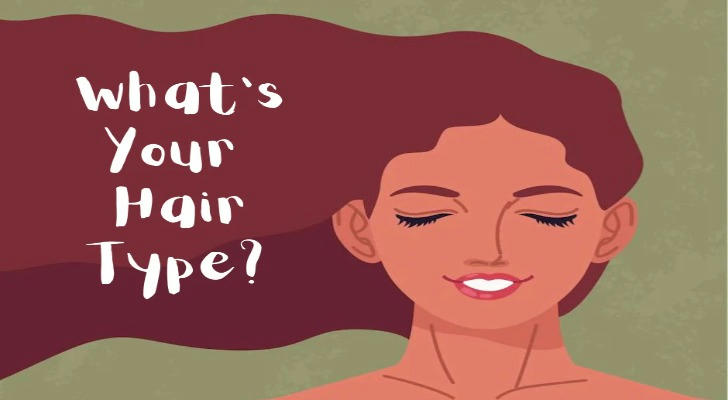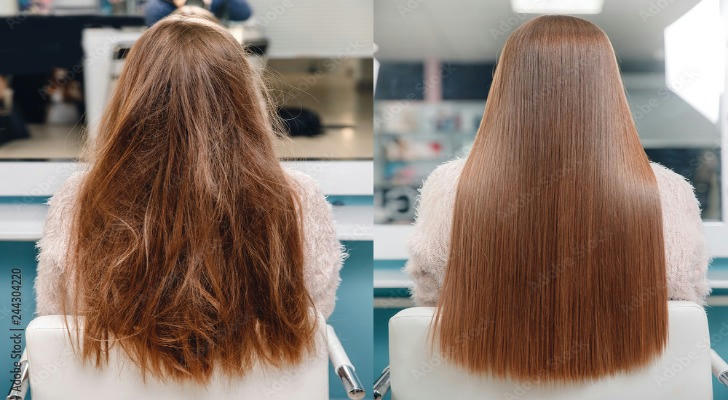Hair Care Knowledge: A Guide to Care Methods for Different Hair Types
Hair is not only about the external image, but also reflects a person's lifestyle and health status. With the accelerated pace of life and the increasing impact of the environment, more and more people are facing hair problems such as hair loss, dryness, and oiliness. The demand for scientific hair care is rising inside and outside the hairdressing industry.
This article will systematically introduce the characteristics and care methods of different hair types to help you scientifically care for your hair and make your hair healthier and more shiny. Whether you are a hairdressing professional, a hair care enthusiast, or an ordinary reader who wants to improve your hair quality, you can find practical suggestions here.

Ⅰ. Overview of Common Hair Types
In daily life, we can roughly divide hair quality into the following categories based on the oil secretion of the hair, the structure of the hair scales, and the touch:
Oily hair: The scalp secretes a lot of oil, and the hair usually becomes greasy within 1 day after washing, sometimes accompanied by dandruff.
Dry hair: Insufficient oil secretion, hair is prone to dryness, tangles, lack of luster, and obvious split ends.
Neutral hair: Evenly distributed oil, soft and smooth to the touch, relatively easy to care for.
Mixed hair: Oily scalp but dry hair ends, common in women with long hair.
Damaged hair: Caused by frequent dyeing, ultraviolet rays, environmental pollution and other factors, manifested as fragility, frizziness, and breakage.
Understanding your hair quality is the first step in choosing the right care products and formulating a care plan.
Ⅱ. Care methods for different hair types
1. Oily hair
Care focus: Oil control, cleansing, and reducing irritation
Shampooing frequency: It is recommended to wash your hair every day or every other day, and choose a mild and cleansing shampoo.
Product selection: Avoid using products containing silicon or too moisturizing properties, and choose oil-control and refreshing shampoo products.
Care suggestions: Avoid frequent combing or touching your hair with your hands to reduce scalp irritation; use refreshing conditioner and avoid applying it to the scalp.
2. Dry hair
Care focus: Nourish, moisturize, and reduce damage
Shampooing frequency: Wash once every 2-3 days, avoid excessive cleaning.
Product selection: Use moisturizing and nutritious shampoo and hair care products, and use a deep repairing hair mask once a week.
Care suggestions: Avoid using a high-temperature hair dryer, and try to air dry naturally; trim split ends regularly.

3. Neutral hair
Care focus: Maintain balance and prevent problems
Shampooing frequency: Once every 2 days is more appropriate.
Product selection: Choose basic maintenance shampoo and care products, which do not need to be too strong but not too gentle.
Care suggestions: Maintain a healthy diet and work and rest schedule, and avoid sudden changes in shampooing habits.
4. Mixed hair
Care focus: Zone care, oil control and nourishment
Shampooing frequency: Wash every 1-2 days.
Product selection: Oil control shampoo with moisturizing conditioner (only for hair ends).
Care suggestions: Use hair oil locally to care for hair ends, and avoid using too many care products in the scalp area.
5. Damaged hair
Care focus: Deep repair, reduce irritation
Shampooing frequency: Wash every 2-3 days depending on hair quality.
Product selection: Use repair shampoo, protein conditioner, hair mask, etc.
Care suggestions: Reduce the frequency of perming and dyeing, use heat care products to protect hair when necessary; increase scalp massage to promote blood circulation.
Ⅳ. Combination of professional care and daily care
In the hairdressing industry, more and more practitioners will advise customers to combine daily basic care with regular professional care.
Daily care: correct washing and care process, proper diet, replenishment of moisture and vitamins.
Professional care: such as keratin repair, deep scalp cleansing, hair oil care, etc., develop exclusive care plans according to hair quality.
Through the dual-line approach of family + professional, hair problems can be improved more effectively and the overall hair quality can be improved.

V. Erin's road to hair quality improvement
Erin is an office white-collar worker living in New York. She has been facing high-intensity work and irregular work and rest for a long time, coupled with frequent hair dyeing, which made her originally smooth hair become fragile and dry.
At the suggestion of the hairdresser, she began to adjust her care methods:
Switch to shampoo products designed for dry and damaged hair;
Use hair mask once a week;
Occasionally make an appointment for professional scalp care;
Change eating habits and increase the intake of foods rich in protein and vitamin B.
Three months later, her hair was obviously more shiny and smooth to the touch, and hair loss and split ends were also improved.
VI. Conclusion
Hair care is not a one-day job, but a long-term job that requires persistence and scientific knowledge. Understanding hair quality and choosing appropriate care methods are the key to improving and maintaining hair health.
For practitioners in the hairdressing industry, mastering the care skills of different hair qualities can help customers achieve more satisfactory results, and can also improve their professional image and service quality.
For ordinary consumers, scientific hair care can not only improve the external image, but also help enhance self-confidence and quality of life. I hope that the content of this article can provide you with practical reference and inspiration, so that every strand of your hair can exude health and beauty.
